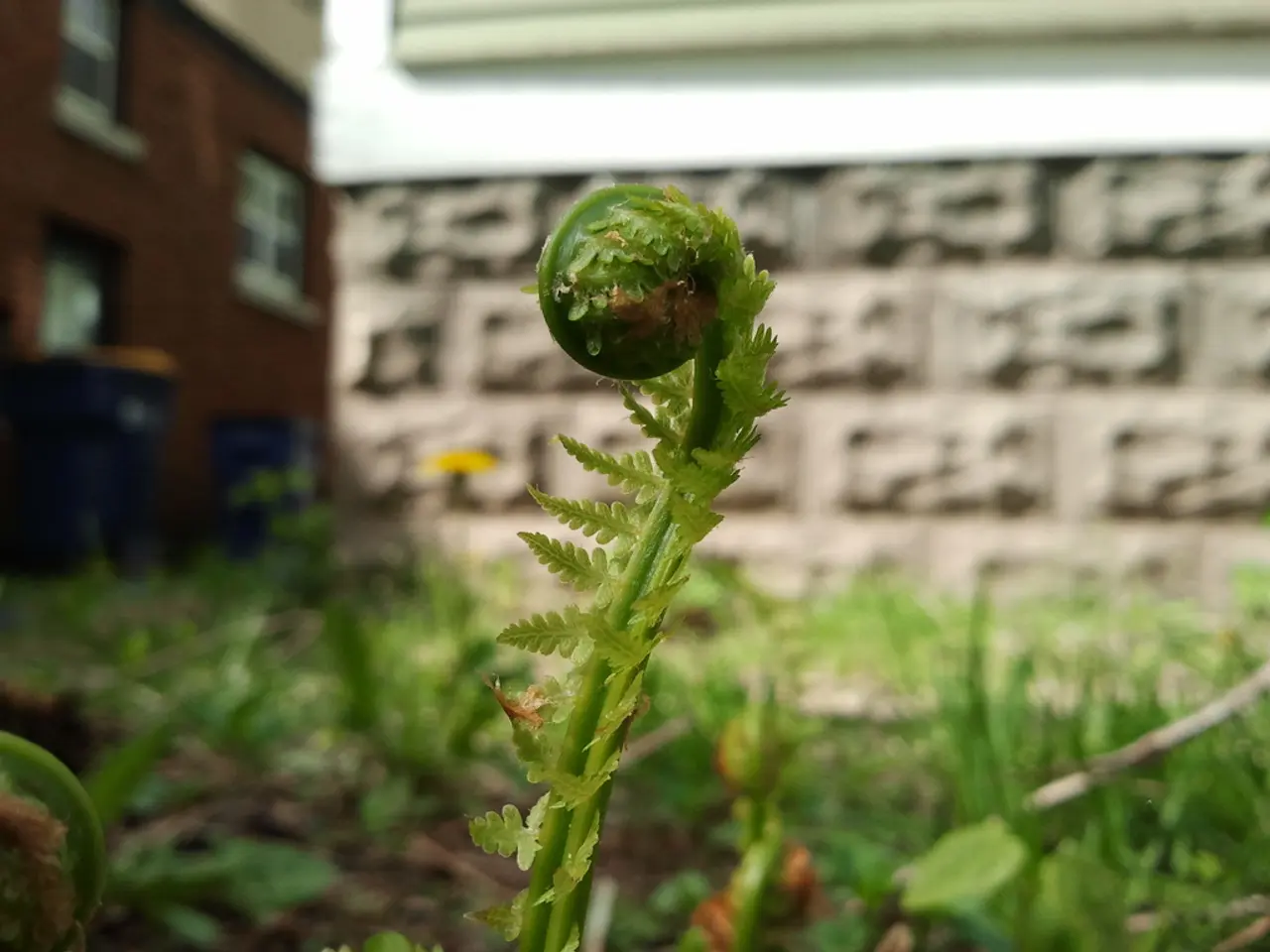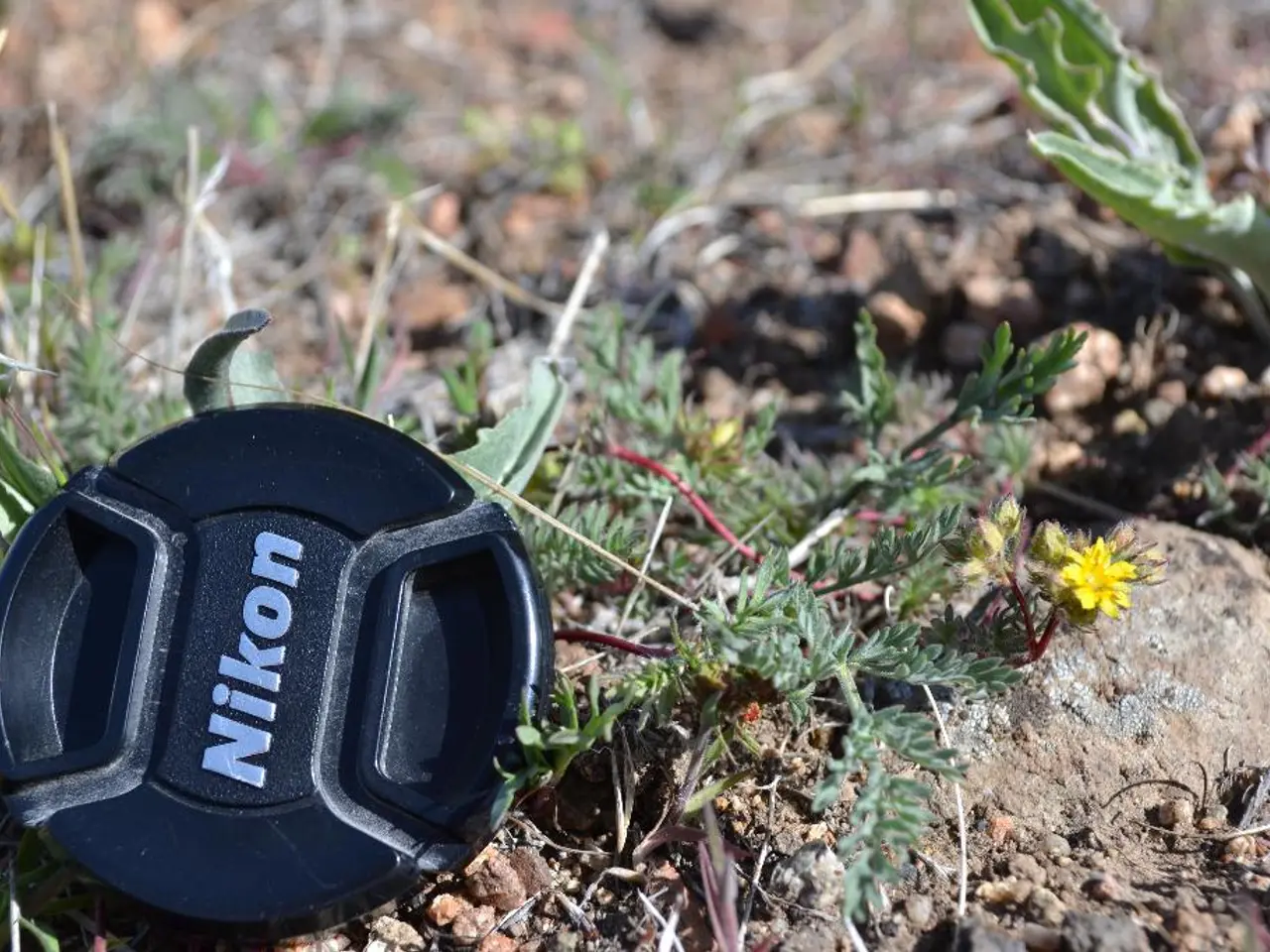Cultivation and Maintenance of Polypodium Ferns: A Guide for Successful Propagation
Polypodium ferns, a popular choice for gardeners, thrive best in specific conditions that mimic their natural habitats. These low-growing plants, seldom reaching over a foot in height with a similar spread, prefer temperate regions and cooler temperatures overall.
**Light**
These ferns prefer indirect or dappled light and thrive in shady locations. They grow well with low light, avoiding direct sun exposure, which can damage the fronds. Partial to full shade is suitable for most species, such as Phymatosorus scolopendria, indicating that most polypodiums prefer areas with less than 2 to 6 hours of direct sun.
**Water**
Keep the soil or substrate moist but not waterlogged. Regular watering is needed, maintaining consistently moist conditions without saturation. Watering needs are relatively minimal, but they must avoid drying out the roots, especially in hotter temperatures.
**Temperature**
The optimal growing season is spring and summer. Growth slows above 30°C, and the plant may stop growing if temperatures exceed 35-40°C or drop below 10-15°C. Hardy to frost down to about -7°C, Polypodium ferns can tolerate some cold but prefer temperate to warm conditions.
**Humidity**
Polypodium ferns require a humid environment to keep fronds green and healthy. Humidity is important to prevent frond drying and to maintain vibrant foliage. They grow well in warm, sheltered, and humid microclimates such as sun porches or shaded spots with good air circulation.
**Soil**
Polypodium ferns prefer moist, well-drained soil with high organic matter content. The substrate should be rich in organic compost or leaf litter-like material for good nutrition and moisture retention. Good drainage is critical to avoid waterlogging, which can cause root rot.
**Fertilizer**
Fertilize during the growing season (spring and summer) with organic compost or fertilizer for acidic plants to support healthy growth. Feeding should be moderate to prevent excess salts and to sustain the fern’s nutritional needs during active growth periods.
**Propagation**
Typical propagation can be by division during spring when transplanting or repotting. Some species also propagate by spores, which develop in sori on the underside of fronds, but this method is slower and less commonly used by casual gardeners.
**Container Bound Plants and Propagation**
Container-bound plants will enjoy a well-draining soil with coir and perlite or vermiculite. To propagate ferns, divide the rhizomes in early spring or autumn and pot them up in a peat/perlite mixture. The resurrection fern (P. polypodioides) can also be grown on logs or even rocks.
**Varieties**
Some varieties of polypodium fern include Polypodium virginianum, Polypodium polypodioides, Polypodium appalachianum, Polypodium vulgare, and others. Each variety has its own unique characteristics and requirements.
**Watering**
Plants in the ground should be watered daily in summer heat, while those in containers may need watering twice per day in the summer.
**Hardiness Zones**
Hardiness zones for Polypodium fern are USDA 3-8 (depending on species).
In summary, Polypodium ferns grow best in shady, humid environments with consistently moist, organic-rich soil, moderate temperatures between 10°C to 30°C, and occasional feeding in spring and summer. They tolerate some frost and require protection from direct sun and drought to thrive.
Home-and-garden enthusiasts or those with an interest in gardening may find Polypodium ferns suitable for their lifestyle, as these ferns can be grown in cooler temperatures, humid environments, and shade-preferring home-and-garden areas such as sun porches or shaded spots with good air circulation. With the proper watering, soil, and temperature conditions, these low-growing plants can add a unique touch to any home-and-garden setting.




